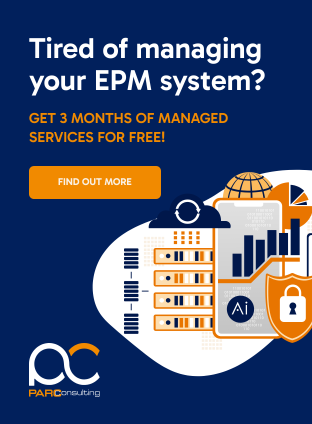In the dynamic world of business, acronyms like EPM are often thrown around, but what does EPM actually stand for? EPM, or Enterprise Performance Management, is a crucial concept in today’s corporate landscape. This article delves into the definition of EPM, its significance in business, and why it’s more than just another buzzword.
Understanding the Definition of EPM
EPM stands for Enterprise Performance Management. It refers to the processes and software used by organizations to manage and monitor their business performance. EPM encompasses strategies and tools that help businesses plan, budget, forecast, and report on their business operations, as well as consolidate and finalize financial results.
The Role of EPM in Business
EPM plays a pivotal role in guiding businesses towards efficiency and strategic alignment. It involves:
- Strategic Planning: EPM helps in setting long-term goals and aligning them with the company’s mission and vision.
- Budgeting and Forecasting: It aids in creating more accurate budgets and forecasts, crucial for financial health and planning.
- Financial Reporting: EPM streamlines the financial reporting process, making it more efficient and compliant with regulations.
- Performance Analysis: Through EPM, businesses can analyze various performance metrics, leading to informed decision-making.
EPM vs ERP: Understanding the Difference
It’s common to confuse EPM with ERP (Enterprise Resource Planning). While both are essential in business management, they serve different purposes. ERP focuses on the day-to-day operations of a business, such as supply chain, operations, and HR. EPM, on the other hand, is more about high-level strategic planning and financial performance.
EPM Tools and Solutions
EPM is supported by various software tools and solutions that provide functionalities like data analysis, real-time reporting, and financial consolidation. These tools help businesses automate and streamline their performance management processes, leading to enhanced efficiency and accuracy.
Benefits of EPM Implementation
Implementing EPM brings numerous benefits, including:
- Improved Decision Making: With better insights into business performance, companies can make more informed decisions.
- Increased Agility: EPM enables businesses to quickly adapt to market changes and internal dynamics.
- Enhanced Efficiency: Streamlined processes reduce manual effort and errors, leading to operational efficiency.
- Strategic Alignment: EPM ensures that all aspects of the business are aligned with the overall strategy.
EPM, or Enterprise Performance Management, is a fundamental aspect of modern business management. Understanding what EPM stands for is just the beginning. Implementing its principles can transform the way a business operates, leading to improved performance, efficiency, and strategic success. As the business world continues to evolve, EPM remains a key component in navigating the complexities of corporate performance and strategy.


